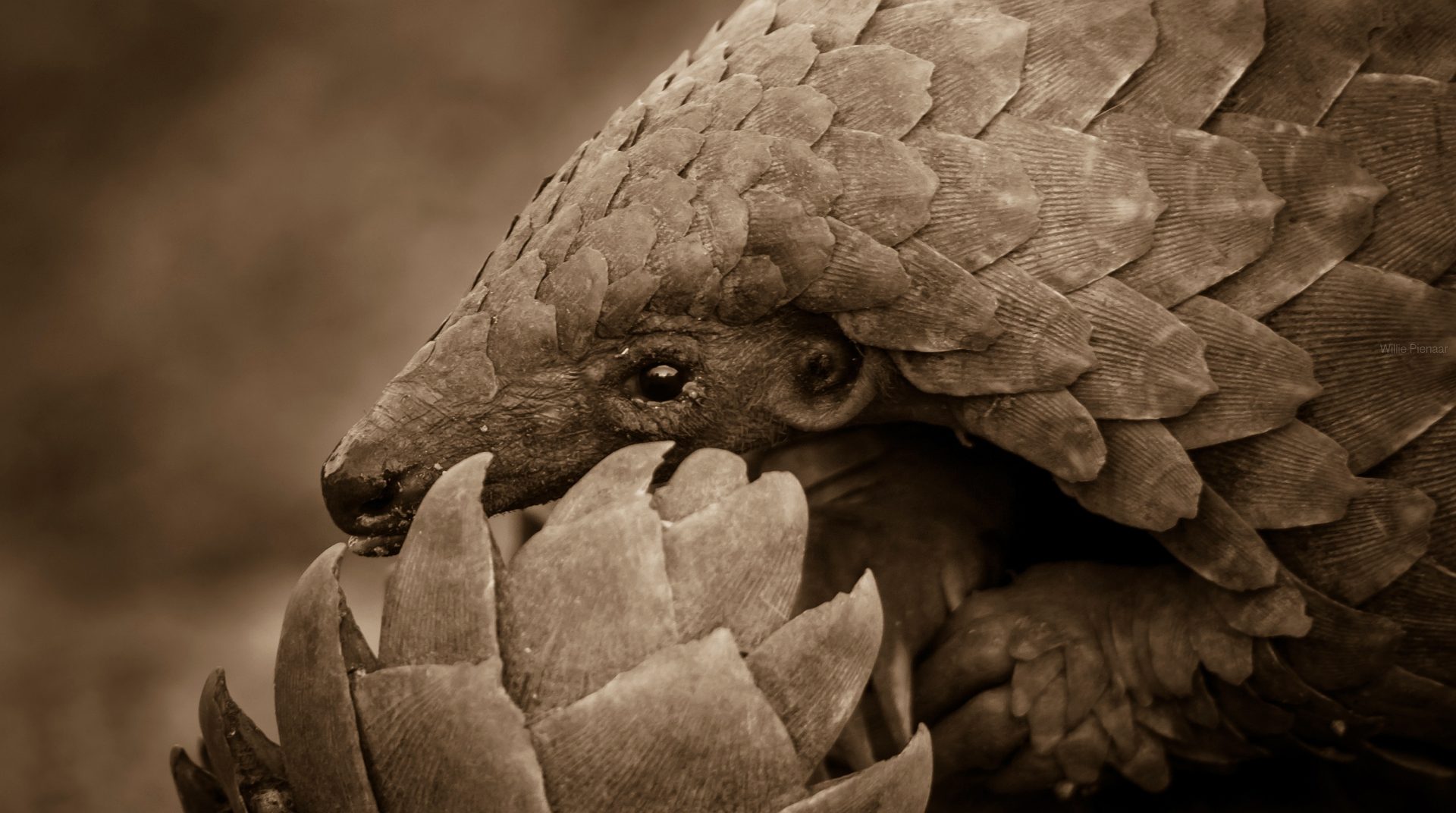To hear some tell the tale, you’d think that the novel coronavirus, SARS-CoV-2, was nature’s latest assault on human beings, as if our species is nothing more than a hapless victim of one natural calamity after another. In reality, it’s quite the other way around. Our environmental practices and continuing disrespect for the natural world make pandemics like the one we’re suffering through now much more likely.
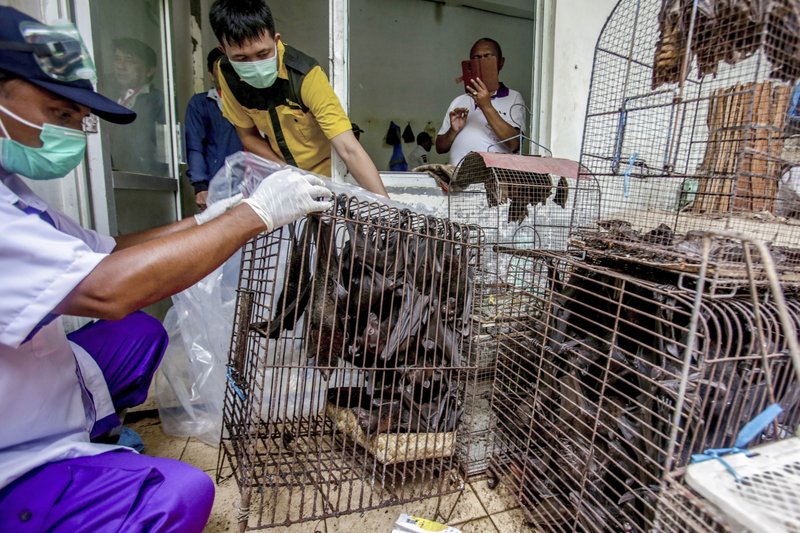
First, it’s necessary to understand that pathogens and microbes are omnipresent in our world and have been for eons. Most of the time, we coexist with these pervasive microbes very nicely, thanks largely to the wondrous (and continually evolving) human immune system, which handles most of the heavy lifting so that, throughout history, we’ve been able to freely touch each other, a wide range of surfaces, and our own faces without any of it causing death.
Think about young children: these littlest versions of ourselves spend years putting anything that’s not nailed down into their mouths, drooling all over the place, eating dirt, sneezing, coughing, getting passed from person to person, getting sick, getting better, getting licked by the family pets, you name it. But while they’re doing all this, what they’re really doing is strengthening their immune system bit by bit. That immunity is the primary reason humans are able to live alongside a planet teeming with potentially deadly microbes. And ordinarily, we do so with relative ease. But every now and then, something goes wrong.

A NEW HOST
So what happens to cause a microbe that’s been around for ages to suddenly enter the human population in a deadly way? After all, coronaviruses are nothing new; there is an entire family of these viruses. The current specific version of coronavirus is “novel” in that it’s new to us, but that doesn’t mean it didn’t exist at all until we discovered it. It almost certainly did. And now it’s circulating in human populations around the world, has already killed some 450,000 people, and there’s not yet an end in sight. How did this happen?
Though potentially dangerous microbes, in countless forms, exist in species throughout the world, if they stay contained within the species with which they evolved, they don’t result in disease. But when those microbes are introduced to a different species – a whole new biological habitat for them to exploit – that’s when the real problems arise.
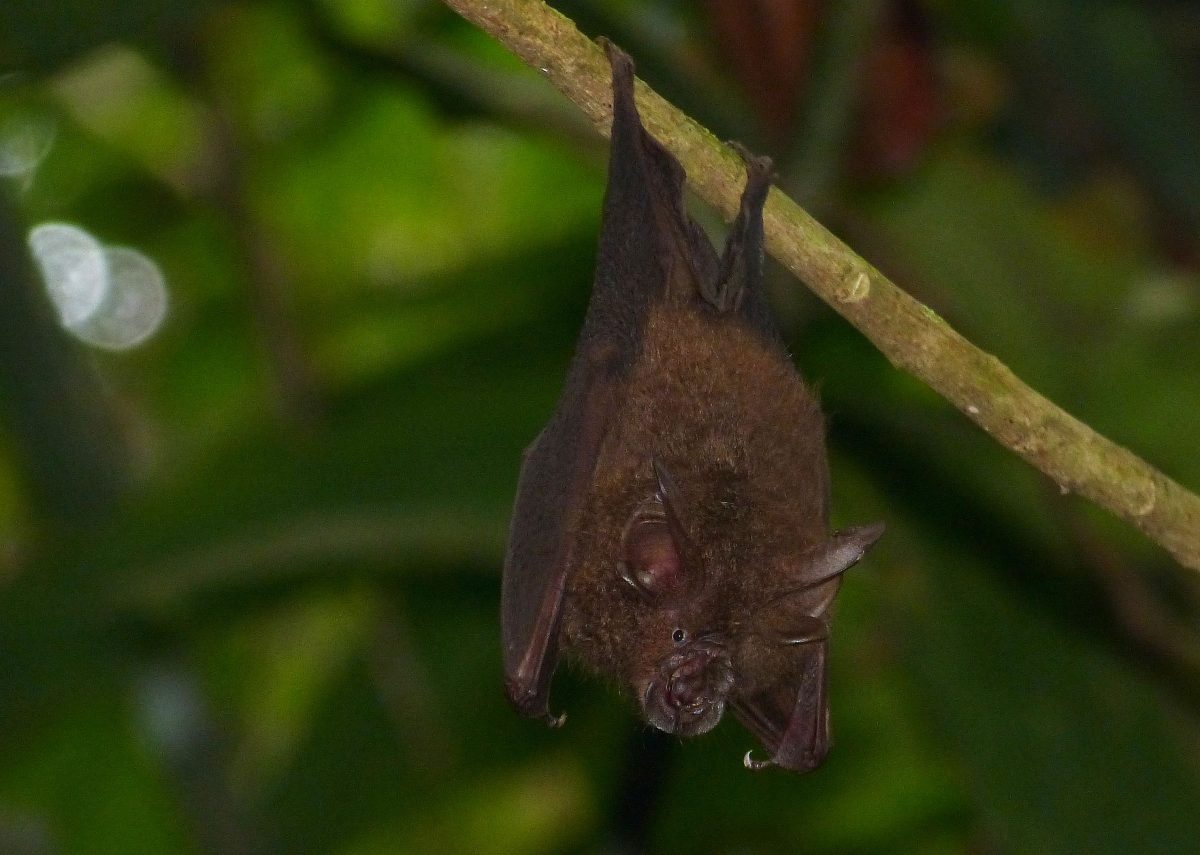
Bats are recognized as one of the world’s most durable reservoir hosts for microbes and viruses like the novel coronavirus. (It’s not yet confirmed if that’s the origin of this particular virus, but it’s a leading theory.) It’s not completely clear why bats are so resistant – they can host scores of viruses with no apparent harm – but their extraordinarily high metabolism may play a part. As long as the microbes stay within the bat population, everything is fine. But if they find a way to humans, disease can result. So how are we responsible for assisting this undesirable jump to our own species?
FOR EVERY ACTION…
First, some of the problem is our apparently insatiable appetite for destroying the habitats of other species for our own use, actions which are often economically motivated. When large tracts of forest or jungle are clear-cut or burned down, the many animals that lived in those forests don’t simply disappear (at least not immediately), they relocate, they adapt as best as they can. Their behaviours change. And many times, the displacement results in wild animals coming into much closer contact with humans than they otherwise would. And in most instances of human-animal conflict, the animals lose.
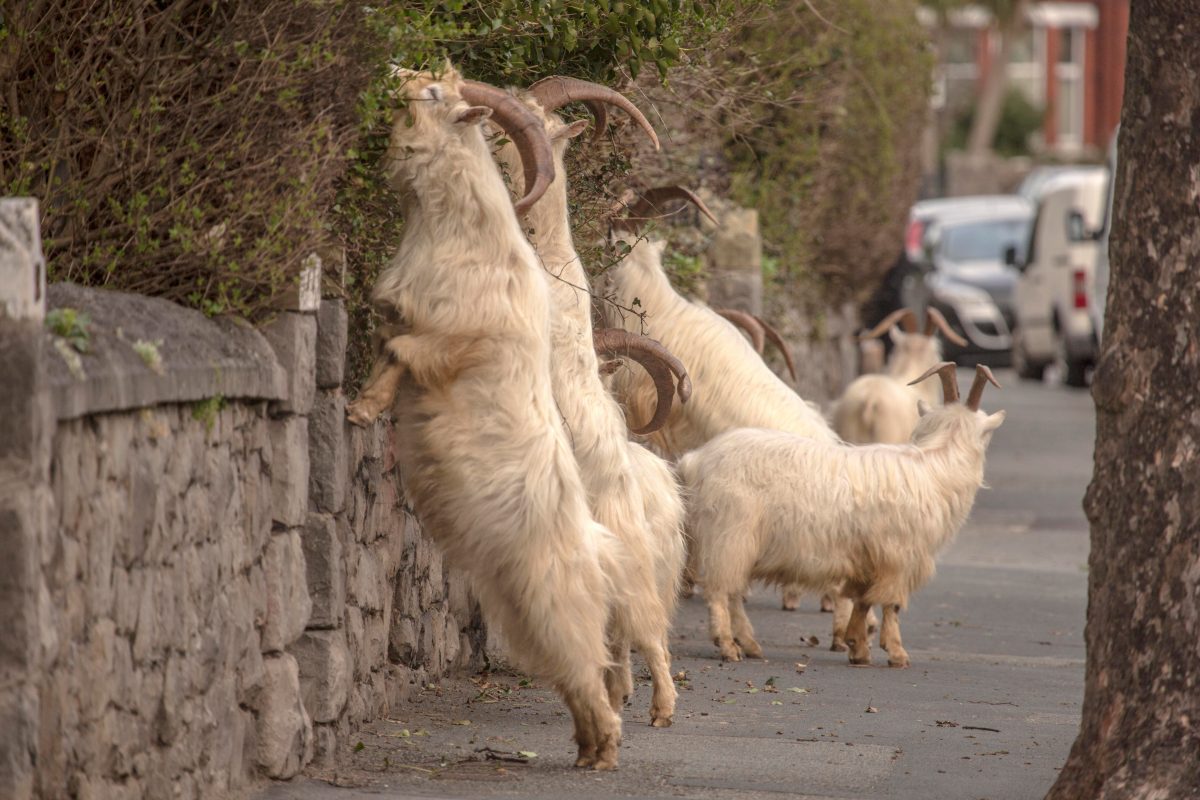
So imagine thousands of bats making their home in a cave near a forest. The forest is cleared, houses and roads go in, and the population of insects shift from the forest. The bats still live in the cave and still go out at night to hunt, but now, instead of a large forest full of tasty insects, there are streets and neighbourhoods and houses and plastic garbage cans. Ultimately, the bats come into much closer proximity with humans. Food is now more scarce, so the bats perhaps resort to different foods and different gathering techniques to survive. Their droppings no longer fall harmlessly on leaves and rocks, but on cars and bicycles and playgrounds and backyards. Partially eaten fruit falls to the ground, where it can be picked up by other animals… or by humans.
Unfortunately, this isn’t just a make-believe scenario. With the West African Ebola outbreak that began in 2013 and lasted three long years, one single such event is exactly what set the whole epidemic into motion. A two-year-old child in Guinea named Emile Ouamano was playing near a tree where Angolan free-tailed bats lived. This child became patient zero after suspected direct contact with a bat or some sort of excretions from a bat. Emile died in December 2013, but not before spreading the virus to his household.
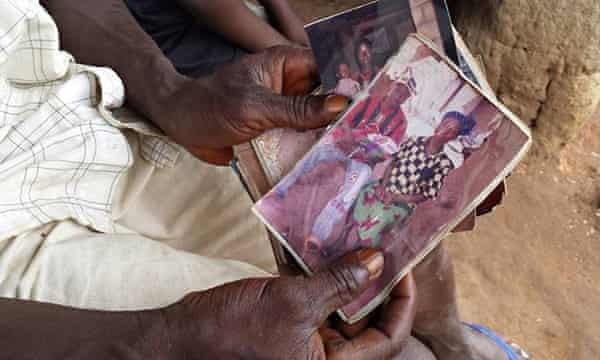
The boy’s mother, grandmother, and sister contracted the virus, and all died, as well. Similarly, they spread the disease to others in the community before they died. All of this, of course, took place months before what was happening was recognised, and well before serious responses were mounted. Despite extraordinary efforts to contain the outbreak to West Africa, efforts which were largely successful, over 11,300 people nevertheless died, all because one young child interacted with an infected bat.
MANKIND’S ASSAULT ON NATURE
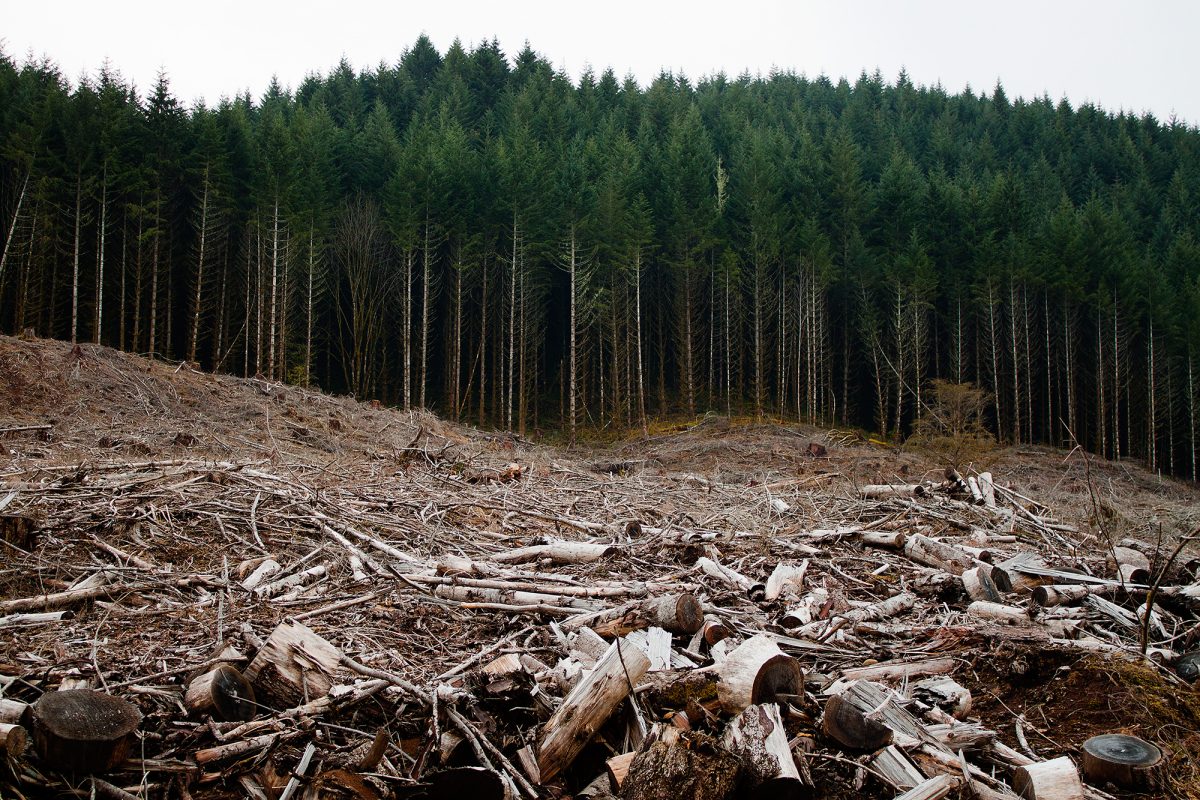
Second, we are the invaders, not the microbes and certainly not the animals in which they live. If, after reading the paragraph above explaining how the worst Ebola epidemic in human history was caused by a single, unintentional human-bat interaction, you wonder why anyone would ever purposefully eat something like bat soup, you’re not alone. Bat soup is considered a delicacy in southern China, though China is certainly not alone in consuming bats as food or hunting them for medicinal purposes. (Indeed, according to a Cambridge study, bats are sold as a “luxury” meat in parts of Malaysia.) However, following the SARS CoV-1 outbreak in the early 2000s, an epidemic which originated in China, the country was pressured by numerous countries and international agencies to pass laws banning the hunting, sale, and consumption of bats. They did not do so. (The passage of such a law then quite possibly might have prevented the Covid-19 pandemic, though obviously such hindsight is purely speculative.) Just recently, however, in the midst of and in response to the current coronavirus pandemic, China finally did pass a law prohibiting all trade in wildlife, including bats, though this exempts those used for “medicinal” purposes, which is a massive loophole.
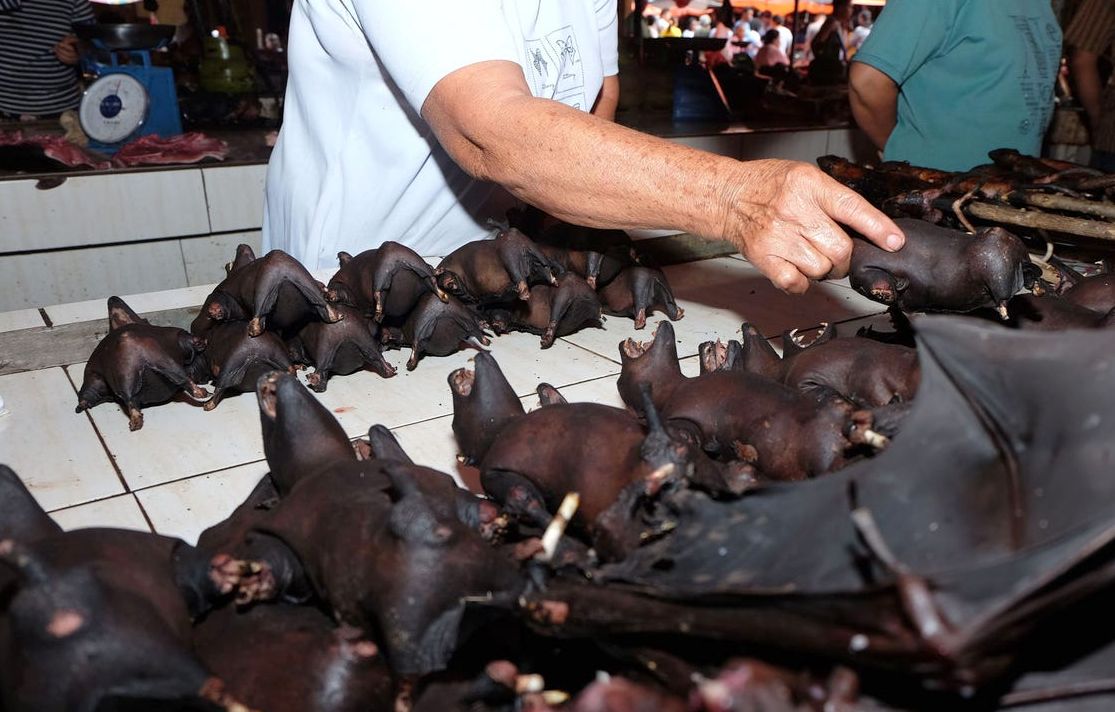
The trade of exotic wild animals, no small portion of which is done on the black market, is not only responsible for the push towards extinction of many species, but arguably does humanity no favours, either. The scaled pangolin, a harmless mammal with which many are not especially familiar, is the most heavily trafficked animal in the world. Of the eight remaining species of pangolin, three are listed as critically endangered, three are endangered, and two are vulnerable – all because of poaching. The population of pangolins in China has plummeted over 90% in the last few decades. Their high-demand scales are valued in Chinese traditional medicine for purportedly treating a number of ailments, including “anxiety, crying children, deafness, and possession by devils and ogres.” The scales are erroneously also believed to help stimulate lactation in women who are breast-feeding. To a lesser extent, pangolin scales are in demand in Vietnam, as well. (Editor’s note: In a bit of good news, as of June 10, China has upgraded pangolins to its top-tier list of protected wild animals, joining those such as tigers and pandas, and finally, has also just removed pangolin scales from its traditional medicine list, noting “wild resources exhaustion” as the reason, basically saying, “We’ve nearly killed them all, so perhaps we need to stop.”)
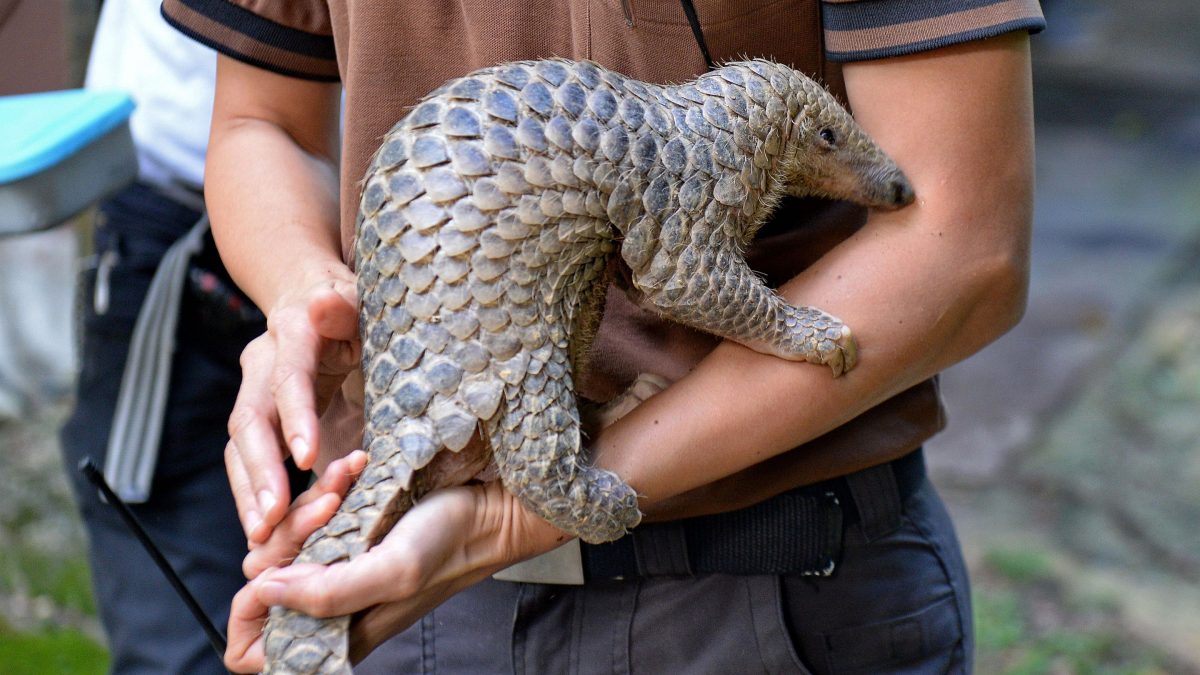
Unfortunately, pangolins are also a possible intermediary between bats and humans in the current Covid-19 pandemic. Though not confirmed, researchers in Guangzhou hypothesized that SARS-CoV-2 had originated in bats and, prior to infecting human populations, began circulating among pangolins. The illicit Chinese trade of pangolins for use in traditional Chinese medicine was suggested as a possible, or even likely, vector for animal-to-human transmission. Further studies indicate that pangolins are hosts for SARS-CoV-2-like coronaviruses.
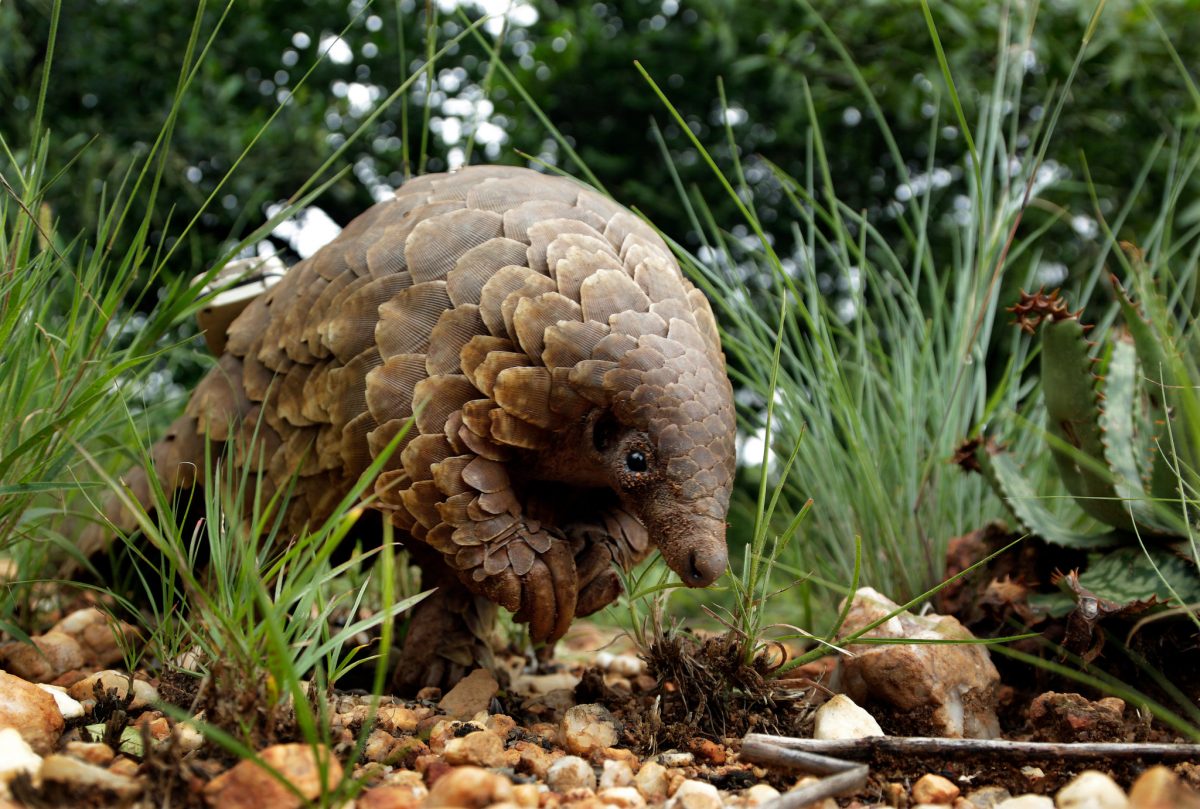
So it’s safe to say that humans are far from being unwitting, innocent victims in this global pandemic. In fact, a compelling argument could easily be made that we have done this to ourselves. Our wanton disregard for the environment and the natural world, our steadfast resistance to viewing our species as an integral, interconnected part of nature, rather than its lord and master, our insatiable appetite for the slaughter of rare and endangered species for dubious reasons… perhaps we are now reaping what we have sown.
In her 2016 book, appropriately titled Pandemic, author and award-winning science journalist Sonia Shah says that we have to fundamentally change our relationship with nature, or we can expect to simply continue staggering from disaster to disaster. Like many world health agencies, Shah advocates a more holistic, system-wide approach, looking at the macro rather than just the micro. In a recent interview with Future Perfect, she mentions the dengue outbreak in South Florida as a key example:

“When dengue broke out in South Florida in 2009, it was immediately considered an invasion from some foreign place. We coated the environment with insecticide and staged a military-style assault on these mosquitoes. But it turns out the mosquitoes that carry dengue have been in South Florida for a long time. That wasn’t new. What was new was the foreclosure crisis. It had shuttered all these houses. The epicenter of the dengue crisis was also the epicenter of the mortgage crisis.
“And of course in South Florida, people have a lot of swimming pools, which like the homes, were now vacant. Lo and behold, it starts to rain and these empty pools fill up with water and it creates these little pockets around the garden that mosquitoes can breed in. And then we have this ‘unprecedented’ outbreak of dengue. Nobody thought to address the housing crisis as a possible driver of the outbreak.”
WILL WE CHANGE OUR WAYS?
So human decisions, government policies, business activities, societal changes… these can directly or indirectly drive the risks of outbreaks. The CDC in the US is an advocate for this way of thinking, which is a movement called One Health, the idea that we are all interconnected. Human health, the concept promotes, is inherently, inextricably connected to the health of the animals with whom we share the world, whether it’s pets, livestock, or wildlife. Everything is part of the same natural world, including us, and we need to look at it on this scale or, as Shah puts it, “We’re constantly just mopping up problems that are going to keep erupting again and again.”
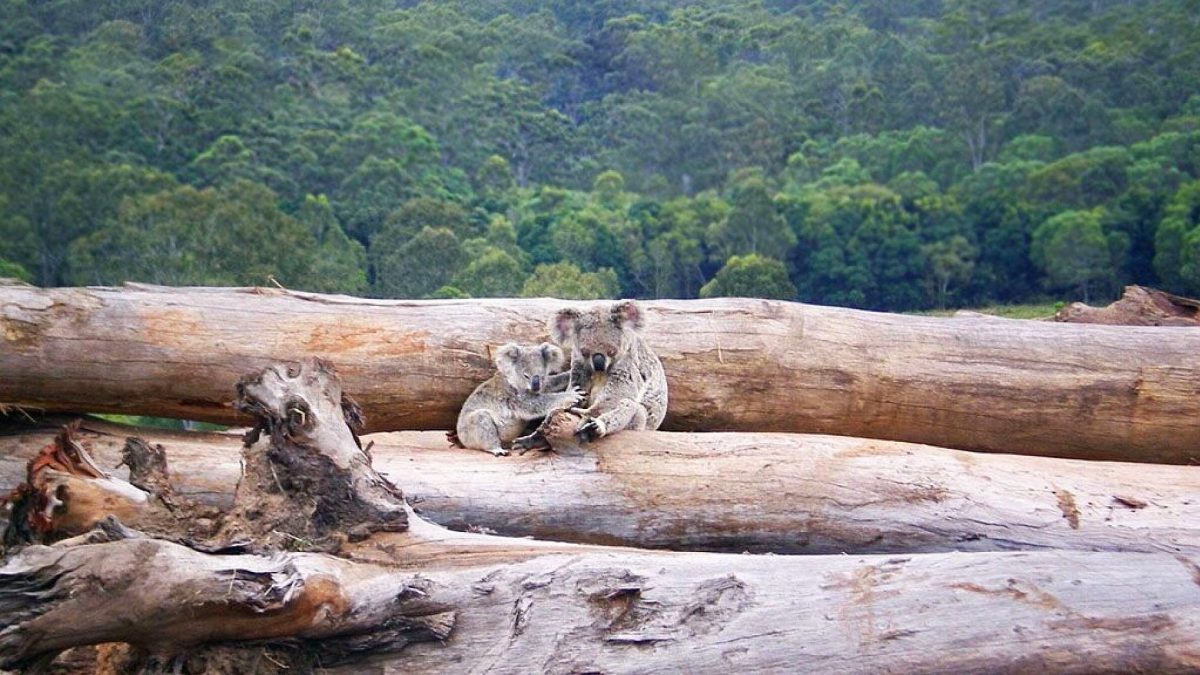
Regrettably, human history certainly doesn’t offer many hopeful assurances that we are going to change our ways. Regional outbreaks, larger-scale epidemics, and global pandemics have continued to occur over the centuries, yet even in our most recent history, there’s little to suggest that we’ve learned any meaningful lessons. After all, the well-known SARS epidemic, caused by the SARS-CoV-1 virion, was in fact the predecessor to the currently raging Covid-19 pandemic, caused by SARS-CoV-2. The former was passed from bats to civets to humans. The latter is theorized to have passed from bats to pangolins to humans. What has changed in the interim between the two? Nothing good, it seems. Only 15 years have passed between these two coronavirus outbreaks, and if anything, mankind has only accelerated its assault on the natural world. Perhaps this one will be different, owing to the global reach, exponentially higher death toll, and widescale economic devastation. Will we this time change our ways? It’s just a matter of time before the next coronavirus appears. And when SARS-CoV-3 inevitably shows up, perhaps even deadlier or more virulent than this strain, what will we do? How will we respond?
In the end, it is our collective choices, our governments’ policies, our own unquenchable thirst to consume at all costs that, all too often, serve as a catalyst for a range of calamities. As Shah pointed out in the conclusion of her interview, “We’ve lost the bigger picture, the connections between social and political health and environmental health.” There is a different path, though, she stressed. “Moving forward, what we have to see is that pandemics, climate disasters, all of these are related to our huge footprint on the planet. We’ve been using up a lot of natural resources… and now the bill is coming due.”
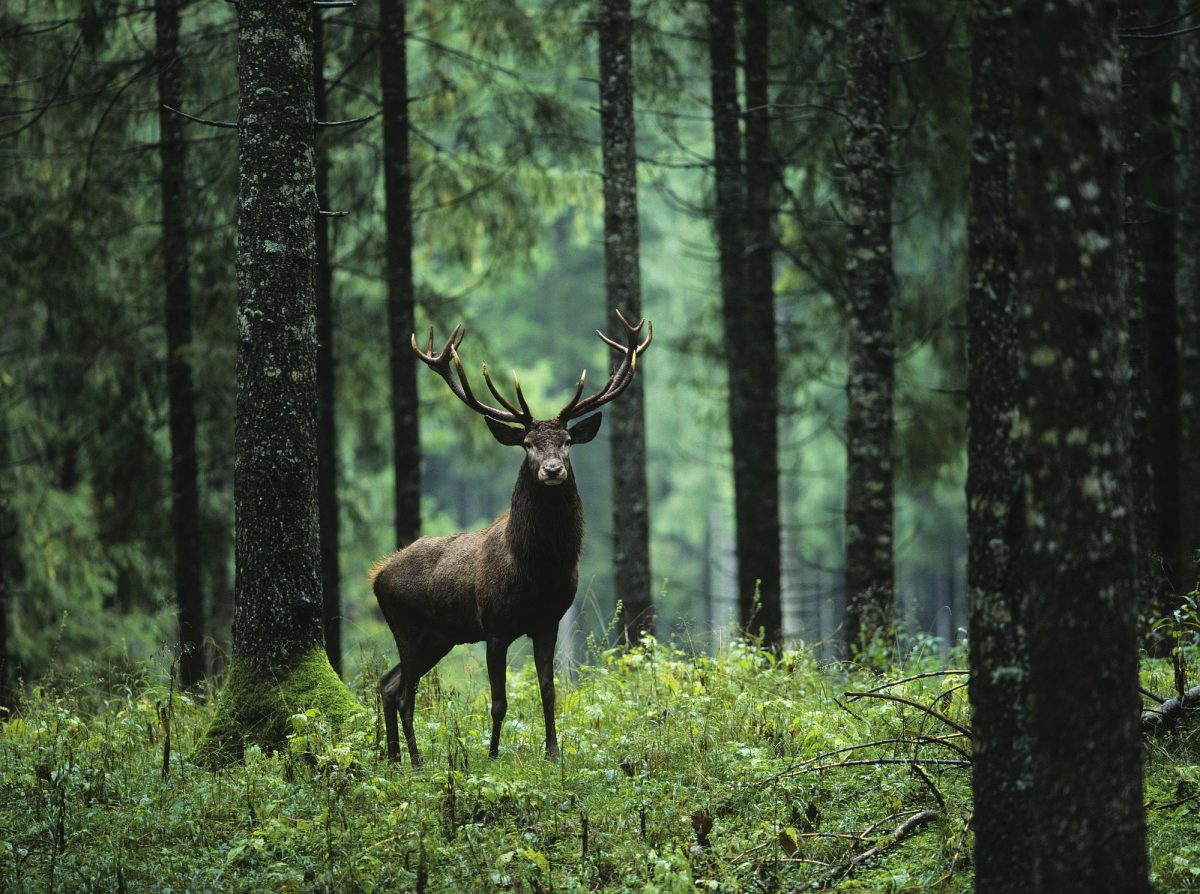
"ExpatGo welcomes and encourages comments, input, and divergent opinions. However, we kindly request that you use suitable language in your comments, and refrain from any sort of personal attack, hate speech, or disparaging rhetoric. Comments not in line with this are subject to removal from the site. "


